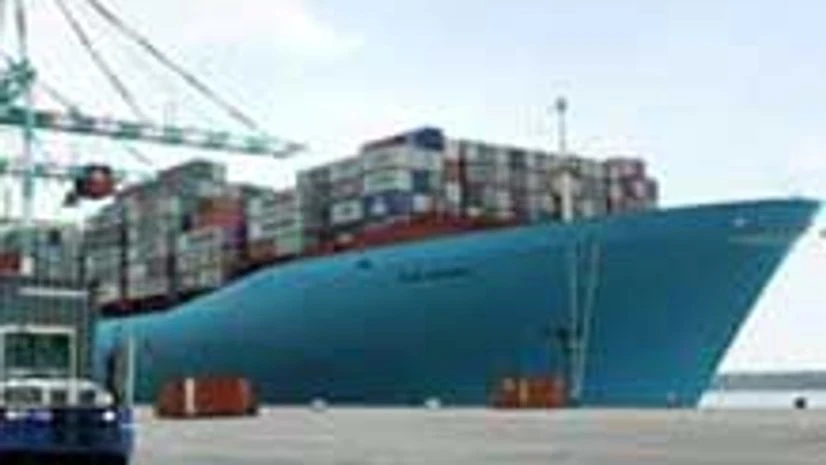After declining for eight consecutive months, merchandise
Imports rose 6.1 per cent to $45.6 billion in January, against $43 billion in the corresponding month last year, widening the country’s trade deficit to $20 billion. After narrowing to $17.7 billion in December 2012, the deficit rose 13.8 per cent year-on-year, as imports of petroleum, as well as other products, rose.
For the April-January period, exports declined 4.9 per cent to $239.7 billion, while imports rose 0.01 per cent to $406.9 billion; the trade deficit stood at $167.2 billion, against $154.9 billion in the year-ago period. It remains to be seen whether the trade deficit for the entire financial year exceeds the record $185 billion in 2011-12. That financial year, the high trade deficit had led to a record current account deficit (CAD) of 4.2 per cent of gross domestic product (GDP).
The rise in exports was despite the International Monetary Fund (IMF) cutting growth projections for India’s two largest trading partners, the Euro zone and the US, for 2013. While the forecast for Euro zone was cut by 0.3 percentage points to (-) 0.2 per cent, that for the US was lowered by 0.1 percentage points to two per cent.
“I hope with exports growing marginally in January, we can narrow the trade gap at the close of the financial year,” Commerce Minister Anand Sharma said, after launching the national summit of the National Association of Software and Services Companies in Mumbai today. (Click here for charts)
However, Federation of Indian Export Organisations President M Rafeeque Ahmed said the trade deficit for this financial year would exceed $200 billion.
In January, the rise in exports was aided by the basic chemicals, engineering goods, textiles and gems and jewellery segments. Exports of basic chemicals rose 8.1 per cent, petroleum products 6.6 per cent, engineering goods 0.7 per cent and gems and jewellery 0.6 per cent, Commerce Secretary C S Rao told reporters.
The engineering goods and gems & jewellery segments had seen exports fall in the previous months.
Rice, tobacco and oil mill exports rose in January. Among bulk sectors, drugs and pharmaceuticals registered high growth in exports.
Rao said he hoped the incentive package for exporters, effected in January, would help the country's exports “improve significantly” in the coming months.
In January, oil imports rose 6.91 per cent to $15.90 billion. In December, these had contracted to $14.42 billion. Non-oil imports increased 5.71 per cent to $29.68 billion, providing hope the economy might be recovering. As the government didn’t disclose the break-up of imports, it was difficult to gauge whether gold was exerting pressure on imports. To curb gold imports, the government has already raised customs duty on branded gold from four per cent to six per cent.

)
